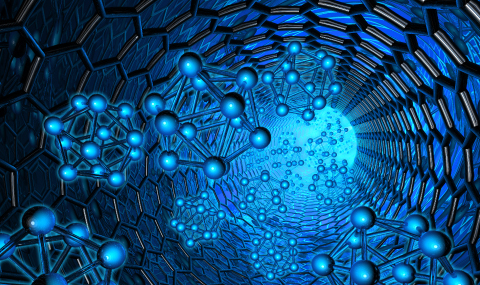Though neutrinos form an elementary part of the standard model of particles, there are many properties which are still far from being well understood. Among the open questions are their unknown mass, their nature as a Dirac or Majorana particle, whether they show charge-parity violation and whether there are only three flavors as so far detected. Solutions to the neutrino mysteries are expected to shed light not only on their nature but also on the origin of the asymmetry between matter and anti-matter in the universe. The largest detector under design for long-baseline neutrino oscillation experiments is DUNE; this massive liquid-argon detector relies on the experience acquired over decades in many different noble-liquid experiments, among them: ICARUS, WA105 demonstrator and MicroBooNE. The baseline design of DUNE relies on a single-phase 150kT LAr TPC, in which neutrino-induced muons deposit charges that are collected and 3D-imaged by wires located in the noble liquid. Dune however left an option to new technologies, expected to enhance the detection sensitivity. The idea is to have a dual-phase LAr TPC, where charges collected from the liquid are multiplied in an avalanche mode in the vapor phase. The present concept, relying on LEM (THGEM) hole charge multipliers, yielded so fare avalanche gain values not exceeding ~20 (limited by photon-induced feedback avalanches).
We are currently investigating, in cooperation with Shikma Bressler, other cryogenic charge-multiplication concepts. Among them are single- or two-stage RPWELL detectors, that are expected reaching higher charge gains due to avalanche-discharge damping by the resistive anode. We are also investigating the applicability of various Liquid Hole Multiplier (LHM) configurations to large-mass neutrino detectors.


